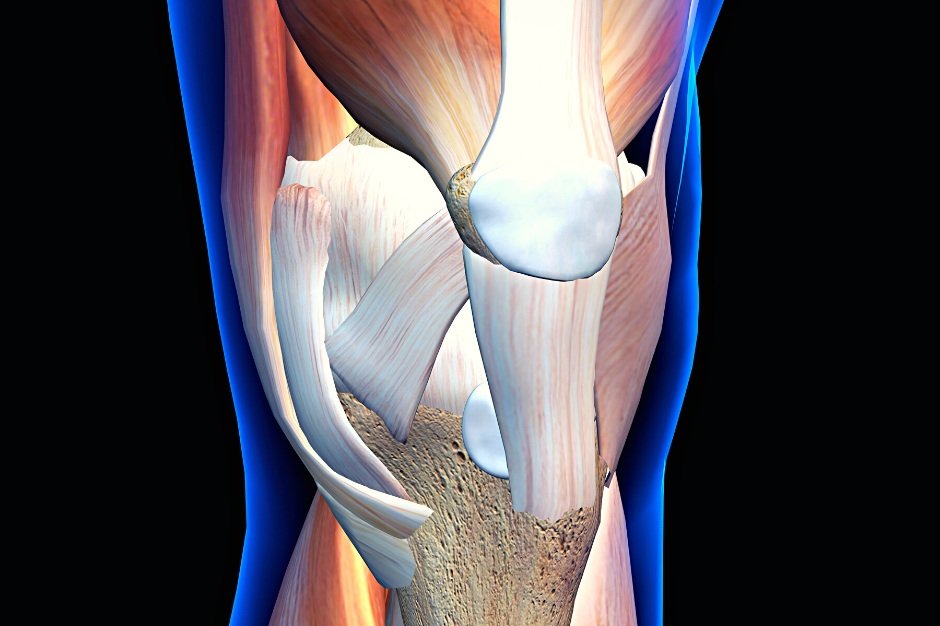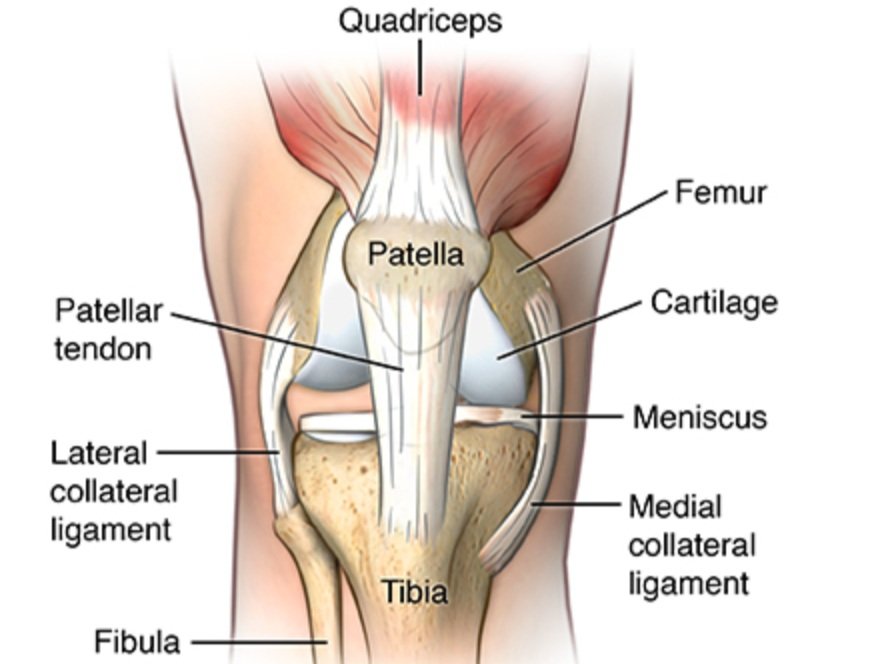Physical Therapy for Patellar Tendintis
The patellar tendon connects the kneecap to the top of the shinbone and plays a key role in extending your knee. Patellar tendinitis involves inflammation or injury to the patellar tendon often due to repetitive stress and chronic overuse among athletes. It is particularly common among athletes who engage in repetitive jumping, squatting, and running, such as basketball, soccer, and volleyball players, dancers, and weightlifters. Physical therapy can help athletes address patellar tendinitis and regain strength, function, and mobility in the knee through a gradual targeted strengthening exercise program.
What is Patellar Tendinitis?
The patellar tendon works with the muscles at the front of the thigh to extend and straighten the knee so you can kick, run, and jump. The patellar tendon attaches the bottom of the kneecap (patella) to the top of the shinbone.
Patellar tendinitis involves inflammation or injury to the patellar tendon, which weakens the patellar tendon and can result in tears if left untreated. Patellar tendinitis often develops from repetitive stress and chronic overuse. When the tendon is overused, the tendon cannot bear the stress of the load placed on it and cannot distribute the load effectively. Micro-tears can develop in the tendon due to repetitive pulling during knee flexion and extension when the tendon is fatigued, contributing to tissue breakdown, an inflammatory response, and progression to tendinitis.
Common symptoms of patellar tendinitis include tenderness and pain between the kneecap and shin as well as stiffness or tightness around the knee. At times, swelling can occur, and pain is often exercised-induced, worsening with continued running, jumping, and squatting.
Chronic patellar tendinitis is quite common among basketball players (32%), volleyball players (44%), soccer players, dancers, and heavy weightlifters. Factors that increased the risk of developing the condition include:
Repetitive activities (running, jumping, kicking)
Sudden and frequent deceleration and acceleration
Rapid increase in frequency or intensity of activity, exercise, or training
Improper running technique
Training on hard surfaces
Muscular imbalance of the legs, feet, or ankles
Tightness in leg muscles
Physical Therapy for Patellar Tendinitis
Physical therapy can help athletes address patellar tendinitis and regain strength, function, and mobility in the knee through a gradual targeted strengthening exercise program. The physical therapist first performs a thorough evaluation of the injured tendon and runs tests to assess whether there are muscular imbalances around the knee or tight muscles contributing to poor mechanics and patellar tendon aggravation. The therapist also evaluates the alignment of the hip, knee, and ankle and your technique when running and jumping. From there, the physical therapist designs a treatment program tailored to your specific condition and needs.
Physical therapy treatment first focuses on reducing inflammation with rest from activities that aggravate and inflame the tendon and introducing gentle controlled exercises without loading the tendon. During this initial period of treatment, the athlete may gently exercise on a stationary bike or in an aquatic therapy pool.
Once the initial inflammation is reduced, the therapist begins a program of stretching to restore flexibility in the muscles and progressive strengthening of the quadriceps, hips, and knees to address muscular imbalances that place too much stress on the patellar tendon. Manual therapy [soft tissue and joint mobilizations] is also used to improve the alignment, mobility, and range of motion of the knee.
The therapist then incorporates eccentric exercises to progressively load the tendon in a controlled environment to rebuild the tendon’s strength and its ability to withstand and bear load without being overtaxed. Once the athlete can perform these exercises, the athlete is progressed from partial weight bearing to full weight bearing to weighted resistance exercises.
As the athlete regains strength and function in the patellar tendon and muscular imbalances are addressed, neuromuscular retraining is used to retrain the lower extremity and improve movement techniques and mechanics, especially when running, squatting, and jumping. Functional return to sports training is then added in with the athlete required to pass a return to sport protocol and test before being cleared to return to competition.
If you are experiencing patellar tendinitis, come work with a physical therapist to address the condition before it worsens and regain strength and function to return to your sport!

